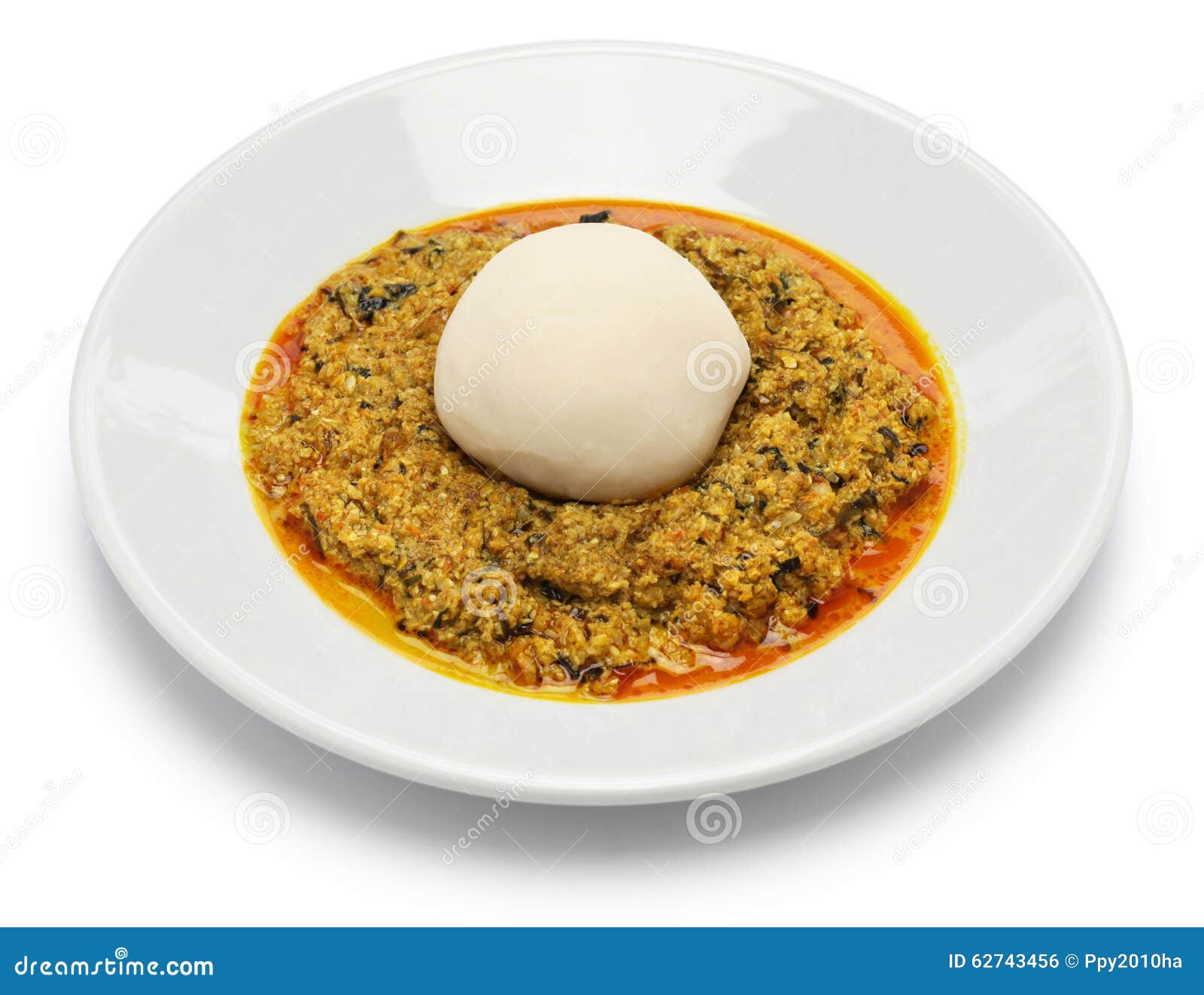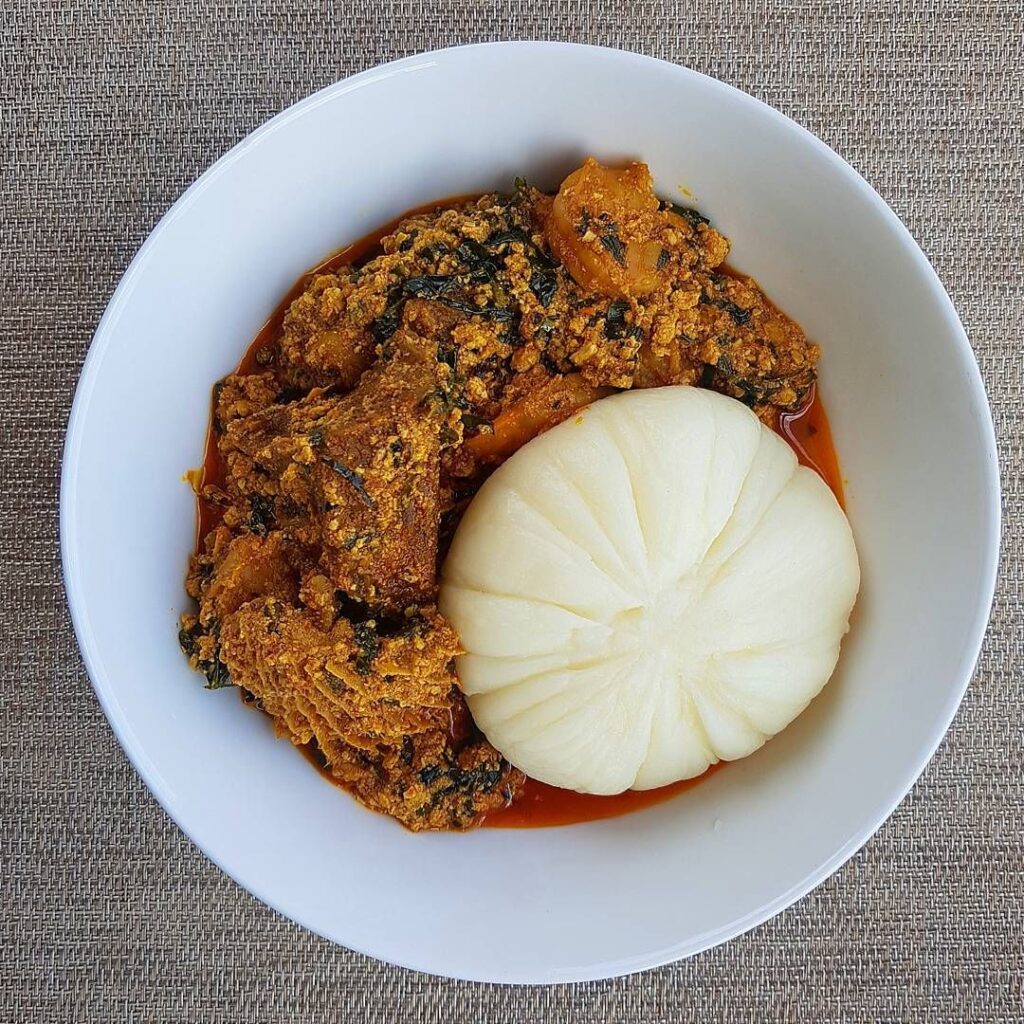Egusi soup, a traditional one-pot dish from West Africa, is a beloved staple in many households across the region. Known for its nutty, spicy, and savory flavor, this hearty soup is made with a combination of blended melon seeds, pepper, leafy vegetables, and meat. It's not only a delicious meal but also a nutritious one, packed with essential nutrients and healthy fats. Whether you're a fan of Nigerian cuisine or simply looking to try something new, Egusi soup is a must-try.

What Exactly Is Egusi?

Egusi is derived from the seeds of the melon plant, which belongs to the same family as squash and gourds. These seeds are rich in fat, protein, and essential nutrients, making them a valuable ingredient in West African cooking. The soup is particularly popular in Nigeria, where it is often served with pounded yam, a starchy side that complements the thick, creamy texture of the soup.
Egusi soup is more than just a meal; it's a cultural symbol that brings people together. It’s commonly found in homes, street food stalls, and restaurants across Nigeria and other parts of West Africa. The name "Egusi" comes from the seeds themselves, which are used to thicken and flavor the soup. Depending on the region, it may be called Agusi or Agushi, but the core ingredients remain the same.
Ingredients for Making Delicious Egusi Soup

To make a flavorful and satisfying bowl of Egusi soup, you’ll need a few key ingredients:
- Egusi melon seeds: The main component of the soup. You can find them whole or pre-ground at local grocery stores, Indian, or African markets.
- Palm oil: Used to cook the pepper mix, adding depth of flavor and color.
- Protein sources: Beef, dried fish, crayfish, goat meat, chicken, or turkey can all be used to add richness and heartiness to the soup.
- Locust beans: Adds an earthy umami flavor. If you don’t have locust beans, a seasoning cube can be used instead.
- Leafy vegetables: Spinach, bitter leaves, uziza leaf, fluted pumpkin leaves (Ugwu), or water leaf are common choices.
- Pepper mix: A blend of red bell pepper, habanero pepper, Fresno pepper, and onions.
- Stock cube (optional): For added seasoning.
- Salt: To taste.
- Beef or chicken stock: Enhances the overall flavor of the soup.
Simple Guidelines for Cooking Egusi
Cooking Egusi soup is straightforward, but there are a few key steps to ensure the best results:
- Blend the peppers and onions: Start by blending the peppers and onions into a smooth mixture. Use as little water as possible to avoid a watery consistency.
- Blend the egusi seeds: Combine the egusi seeds with some water, crayfish, and onions to create a thick paste.
- Heat the palm oil: Be careful not to overheat the oil. Add onions and locust beans to infuse the oil with flavor.
- Add the blended pepper: Cook the pepper mix until the water reduces, then add the egusi paste. Let it curdle without stirring.
- Add the remaining ingredients: Once the egusi has curdled, add the meat, stock, and salt. Simmer for another 15 minutes.
- Introduce the spinach: Stir in the spinach and let it simmer for 5 minutes. Adjust the seasoning if needed.
FAQs About Egusi Soup

Can I use vegetable or olive oil instead of palm oil?
Palm oil is the preferred choice for its unique flavor and color. However, if you can't find it, vegetable oil is a suitable alternative. Olive oil is not recommended due to its strong flavor.
Can I add tomatoes to the pepper mix?
Yes, you can add tomatoes to the pepper mix if you prefer a tomato-based sauce.
How do I store egusi seeds?
Ground or unground egusi seeds can be stored in the freezer for several months. They should be kept in an airtight container to prevent rancidity.
What does Egusi soup taste like?
The soup has a nutty, meaty flavor with a rich, exotic taste. The protein you use plays a big role in determining the final flavor.
Tips for Making Delicious Egusi Soup
- Vegetarian option: Omit the meat and use vegetable broth instead.
- Reduce palm oil: If you're concerned about calories, use less palm oil.
- Use more greens: There’s no limit to how much leafy vegetables you can add.
- Avoid watery pepper mix: Use minimal water when blending peppers to save cooking time.
How to Serve Egusi Soup
Traditionally, Egusi soup is served with swallows such as eba, amala, semovita, pounded yam, fufu, and garri. However, it can also be enjoyed with white rice, rice and beans, or even on its own. The combination of the thick, creamy soup with a soft, starchy side makes for a satisfying meal.
Other Delicious Soups and Stews You Might Want to Try
If you enjoy Egusi soup, you might also like trying other West African dishes such as Efo Riro, Okro soup, or Bitter Leaf soup. Each of these soups offers a unique flavor profile and is equally nutritious.
Egusi soup is more than just a meal—it’s a celebration of West African culture, tradition, and flavor. With its rich history and versatile preparation, it’s a dish that continues to bring people together. Whether you’re cooking it at home or enjoying it at a restaurant, there’s no denying the appeal of this beloved soup. So why not give it a try? You might just discover your new favorite dish.